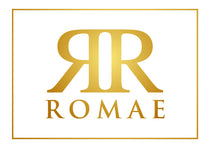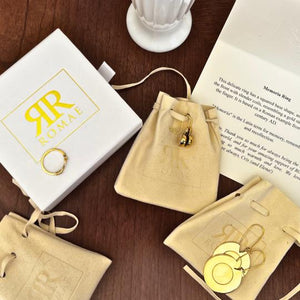Aesop's Fables Rooster Medallion
Aesop’s classic fable "The Rooster and the Jewel" begins with a Rooster busily scratching in the dirt of a farmyard one morning, searching for food. As he dug and pecked, his claws turned up a sparkling object—a jewel, gleaming brilliantly in the sunlight. The Rooster paused to admire it and admitted that, to human eyes, such a gem must be very precious indeed. But then he shook his comb and declared that, for all its beauty, the jewel was of no use to him; what he truly needed was a simple grain of barley to fill his stomach. With that, he left the glittering treasure behind and went back to scratching in the dust. The moral is that value depends on perspective: what is valuable to one person may be worthless in another. Our medallion captures the story’s charm and wisdom, as well as its important message: The back features the Greek word ΦΡΟΝΗΣΙΣ, suggesting the importance of "practical wisdom, good sense, and sound judgment," which is the essence of the moral of Aesop's tale.
Our medallion is based on an ancient coin from Himera, which was a significant Greek colony in Sicily founded in the 7th century BC. Himera's location (near the modern town of Termini Imerese) on the northern coast of Sicily made it strategically important as a frontier city, balancing Greek identity while often caught between Carthaginian and Greek power struggles.
Greek cities often featured symbolic animals on their coins. The rooster that appears on the coins of ancient Himera is closely tied to the city’s name and identity. In Greek, the word for “day” is ἡμέρα (hēmera), and the rooster—who famously crows at dawn—was a natural punning symbol for Himera (Himera ~ hēmera). The rooster thus served as a speaking symbol (what coin specialists or numismatists call a canting emblem), visually linking the city’s name to its coinage. It was also a fitting civic badge: the rooster symbolized the coming of light, vigilance, and daily renewal, all positive qualities for a frontier city often under threat from Carthage. So, the rooster on Himera’s coins wasn’t just decorative—it was a clever play on words and a proud emblem of the city itself.
This medallion is inspired by the obverse or front of a silver didrachm from Himera dating to around 483 BC. The reverse or back of the coin features a crab seen from above.
Our medallion may be worn as a necklace or a bracelet. It comes with a 22" brown leather cord, as well as your choice of a children's or adult's translated version of a book of Aesop's Fables.







